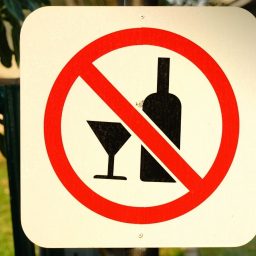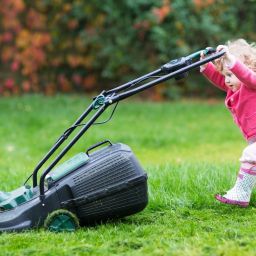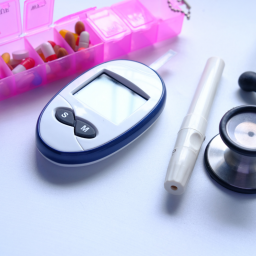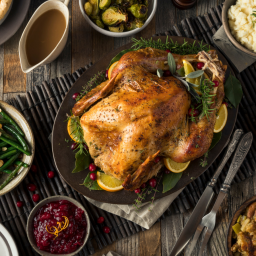2021 HOLIDAY SEASON – TRAVEL SAFELY & DRIVE SOBER OR GET PULLED OVER
The U.S. Department of Transportation’s National Highway Traffic Safety Administration (NHTSA) is teaming up with the law enforcement community nationwide during the 2021 Holiday Season Drive Sober or Get Pulled Over high-visibility enforcement campaign, which runs from December 15, 2021, through January 1, 2022. NHTSA, Lake County General Health District, and local law enforcement are working tirelessly to spread the word about the dangers of drunk driving and to remind all drivers: If you plan to drink alcohol, plan ahead for a sober ride home. These expanded efforts to protect against impaired driving will be conducted in a fair and equitable way.
Sobering Statistics
- According to NHTSA, 837 people lost their lives in traffic crashes involving a drunk driver in December 2019.
- During the 2019 Christmas (6 p.m. Tuesday, December 24 to 5:59 a.m. Thursday, December 26) and New Year’s Day (6 p.m. Friday, December 28, 2018, to 5:59 a.m. Wednesday, January 2, 2019) holiday periods, there were more drunk-driving-related fatalities (210) than during any other holiday period that year.
- Approximately one-third of all traffic crash fatalities in the United States involve drunk drivers (with blood alcohol concentrations [BACs] at or above .08 grams per deciliter [g/dL]). In 2019, there were 10,142 people killed in drunk-driving crashes.
- Nationally, it is illegal to drive with a BAC of .08 or higher, except in Utah, where the limit is .05 g/dL.
- Although it’s illegal to drive when impaired by alcohol, in 2019, one person was killed every 52 minutes in a drunk-driving crash on our nation’s roads.
- Men are more likely than women to be driving drunk when involved in fatal crashes. In 2019, 21% of male drivers were drunk, compared to 14% of female drivers.
- Of the traffic fatalities in 2019 among children 14 and younger, 19% (204) occurred in alcohol-impaired-driving crashes.
- Among the 10,142 alcohol-impaired-driving fatalities in 2019, 68% (6,872) were in crashes in which at least one driver had a BAC of .15 or higher.
- Nighttime is a particularly dangerous time to be on the roads: The rate of alcohol impairment among drivers involved in fatal crashes in 2019 was 3.3 times higher at night than during the day.
The Cost of Drunk Driving
- On average, a DUI can set you back $10,000 in attorney’s fees, fines, court costs, lost time at work, higher insurance rates, and more.
- The financial impact from impaired-driving crashes is devastating. Based on 2010 numbers (the most recent year for which cost data is available), impaired-driving crashes cost the United States $44 billion annually.
- If you’re caught drinking and driving, you can face jail time. Imagine trying to explain that to your friends and family or your place of employment.
- Drinking and driving can cause you to lose your driver’s license and your vehicle. This could inhibit you from getting to work, resulting in lost wages and, potentially, job loss.
Celebrate with a Plan
Always remember to plan ahead if you will be celebrating. If you plan to drink, plan for a sober driver to take you home. Is it your turn to be the designated driver? Take that role seriously and do not consume alcohol, not even one drink.
- Remember that it is never okay to drink and drive. Even if you’ve had only one alcoholic beverage, designate a sober driver or plan to use public transportation or a ride service to get home safely.
- Download ride-sharing apps to your phone, like Uber or Lyft, so that you have a sober ride available.
- If you see a drunk driver on the road, contact your local police department.
- Do you have a friend who is about to drink and drive? Take the keys away and make arrangements to get your friend home safely.
Stay Safe on the Roads Over the Holidays and Every Day
- Prepare your car for winter and keep an emergency preparedness kit with you
- Get a good night’s sleep before departing and avoid drowsy driving
- Leave early, planning ahead for heavy traffic
- Make sure every person in the vehicle is properly buckled up no matter how long or short the distance traveled
- Put that cell phone away; many distractions occur while driving, but cell phones are the main culprit
- Practice defensive driving
For more information about the Drive Sober or Get Pulled Over campaign, visit https://www.trafficsafetymarketing.gov/get-materials/drunk-driving/national-mobilization/peak-enforcement-kit.
Reference:
















